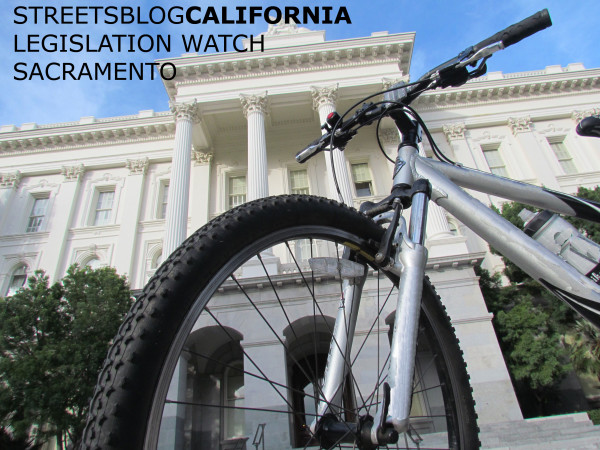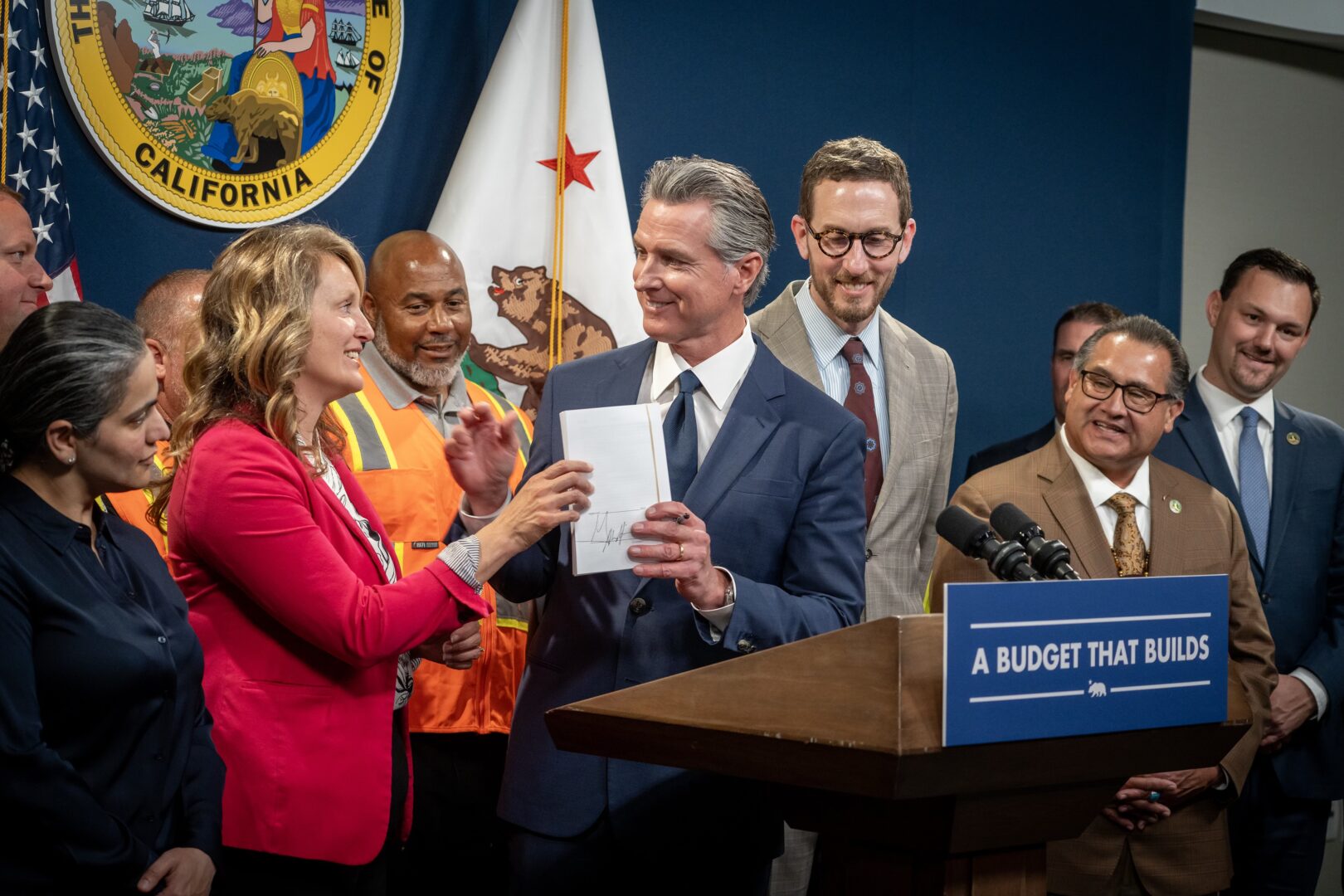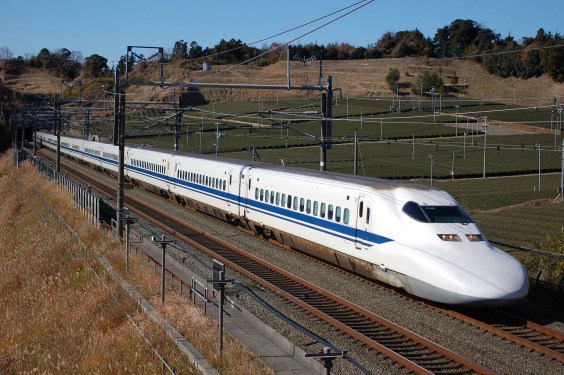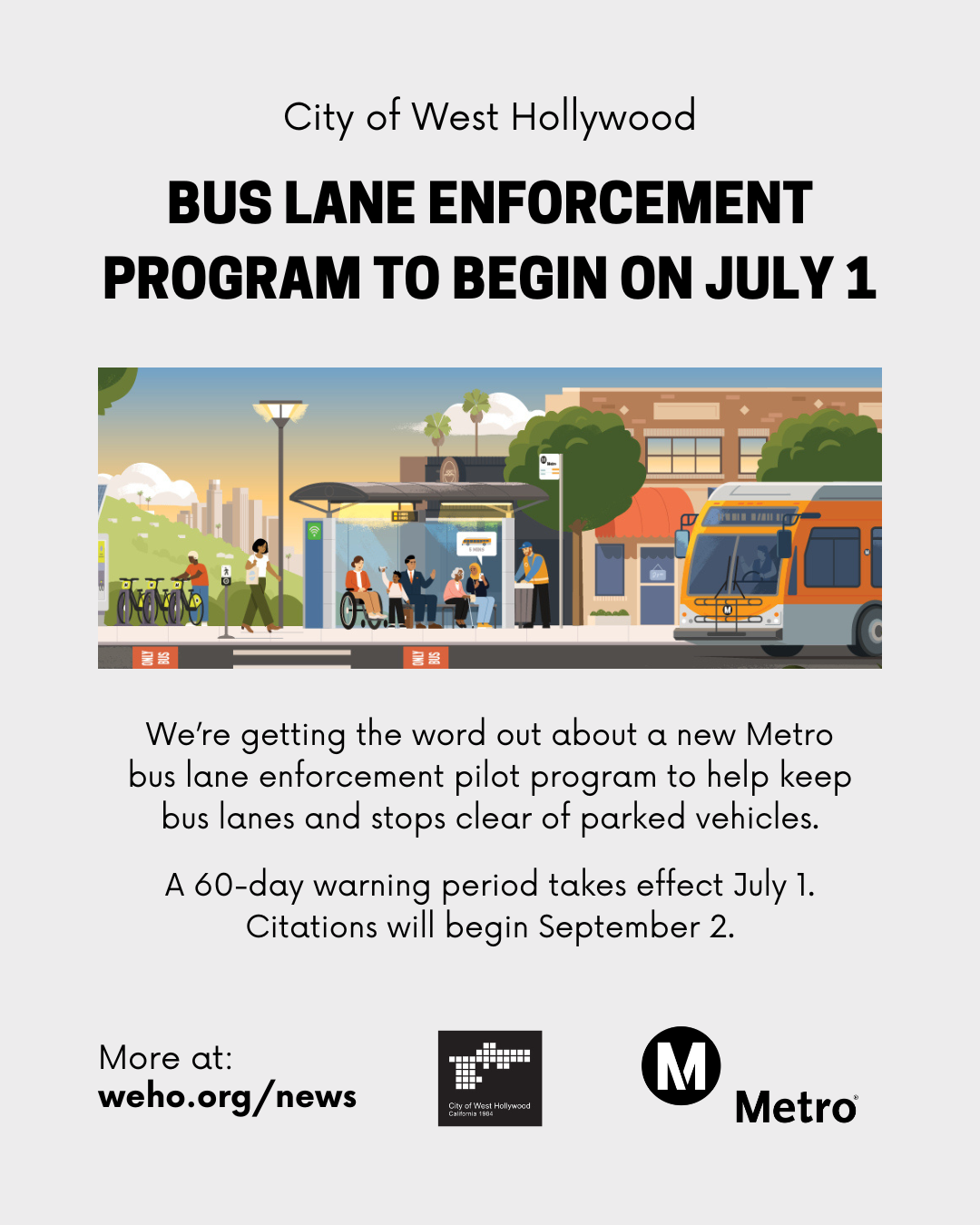As the California legislative session revs up, several committees have been holding oversight hearings on the state's cap-and-trade system.
Last week, the Senate Environmental Quality and the Select Committee on Climate Change and AB 32 Implementation held a joint hearing to discuss California's successful worldwide leadership on climate change issues. In that hearing, the committee accepted much-deserved congratulations on the “business success” of cap-and-trade, which has created a source of funds for further state investment in greenhouse gas reductions.
Yesterday the Senate committee on Budget and Fiscal Review wrestled with the subject of those funds and how they should best be spent.
The three-and-a-half-hour-plus hearing barely touched on one pressing concern: forty percent of last year's Greenhouse Gas Reduction Fund (GGRF) was left unallocated. The governor proposed rolling the money into this year's budget, but that leaves a number of programs in jeopardy, and they may not survive until allocation decisions are made. Senator Fran Pavley (D-Agoura Hills) urged the committee to make a decision sooner than later, and not to wait until the 2016-17 budget is finalized in June.
Some of the lawmakers were focused on only one thing: how many greenhouse gas emission reductions are we getting per dollar spent?
The cost-effectiveness lens was emphasized by the Legislative Analyst's Office in a report [PDF] that raised questions about interactions between state regulation and investments in greenhouse gas reductions. The report concludes that the cap alone produces emission reductions without the trade part, and that state spending on programs and projects within the same sector as industries that are capped may not be able to produce further emissions.
For example, the fuels sector has a cap on emissions, so only a certain amount of greenhouse gasses are allowed to be emitted by the fuel industry. As more consumers choose zero emission vehicles and low carbon fuels, the demand for fuels decreases, but unless the cap is lowered, companies in the fuels sector can still buy the same number of allowances. Then they can either use them or sell them to someone else—but both outcomes would mean no further emission reductions, beyond the cap.
That raises the question of whether the state should be investing in sectors that are subject to the emissions cap, said Ross Brown of the LAO at the hearings.
But Matt Almy of the Department of Finance reminded legislators that cost effectiveness is only one of the ways to judge investments from the Greenhouse Gas Reduction Fund. “We try to be more holistic about what benefits we're getting from our investments,” he said, using the Forest Health program as an example. He pointed to five different kinds of benefits that accrue to the state from investing in that program: greenhouse gas sequestration from preserving trees, reducing potential carbon emissions from wildfires, protecting public health and safety by reducing wildfires; providing renewable energy by using biomass from downed trees; and creating jobs in rural communities.
Programs benefiting from cap-and-trade investments have all emphasized “co-benefits” outside of merely reducing greenhouse gas emissions. Co-benefits include improved public health - from cleaner air and increased active transportation - and greater social justice from requirements that ensure that the most vulnerable communities are not the ones who pay to reduce greenhouse gases.
The LAO report also raised questions about the administration's three-year investment plan, claiming that the plan, which was submitted as required by law a few weeks ago [PDF], “doesn't contain a whole lot of meaningful information.” According to Brown, it lacks specifics about project outcomes and about how greenhouse gas emissions reductions estimates were developed.
Legislators reacted with some confusion and outrage to the report. Senator Jim Nielsen (R-Gerber), for example, leaped on the idea that cap-and-trade was raising a “tremendous amount of money” for a program with “no scientific basis.” “Most telling,” he said, “is the number of groups that descend on this legislative body every time there's a hearing to get some of [that money].”
“There is too little certainty about this program,” he declared, “and I'm not willing to give a blank check to this administration.”
He took a moment to hit on a favorite talking point: “What is the impact of cap-and-trade for motorists?” He asked Brown. But he was only referring to the price of gas, not other proven benefits including improved transit and healthier air.
Ross answered that, because there are so many different elements at play, the impact is difficult to measure, but the closest estimates, based on the best information available, are that cap-and-trade raises the cost of gas “roughly ten cents a gallon or so.”
“So . . . there is some impact to all of this,” Neilsen insisted.
Senator Richard Pan (D-Sacramento) was more upset at the LAO's charges that the investment plan lacked specifics. “I am a scientist,” he said, “and I have to concur . . . that you don't set goals at the end of a process.”
But Almy and other agency representatives reassured the legislators. In fact, said Almy, cap-and-trade program goals have been set by the legislature and the governor, and they are clear: to meet the state's broader climate strategies, including reducing greenhouse gas emissions to 1990 levels; to invest in programs and projects that can help reduce greenhouse gases, as informed by public input when the cap-and-trade program was being developed; and to focus benefits on disadvantaged communities.
“The LAO analysis highlights tradeoffs,” said Almy, “and it focuses on cost-effectiveness. Tradeoffs are necessary, but the administration takes a more holistic view that also includes a cost benefit consideration, as well as co-benefits.” He emphasized that the benefits of programs in the proposed spending plan are not standalone, but interconnected and interdependent, as in the example of the Forest Health program outlined above.
Richard Roth (D-Riverside) commented that the LAO's analysis was important. “But I'm not sure the same degree of rigor has been applied to the benefit analysis as has been applied to the cost analysis,” he said. “We need to focus on greenhouse gas reductions, and on the other benefits these programs provide—because otherwise I don't know how you would rank order the programs.”
There is nothing simple about estimating greenhouse gas emissions. They can not be measured in the same way that other pollutants can be. In addition, every program takes a different approach and its benefits have to measured differently. For example, better transit service and putting housing close to transit can both reduce car trips, but at different rates and in different ways.
So it is no surprise that there is confusion and disagreement.
Senator John Moorlach (R-Costa Mesa), asked several questions that gave the experts testifying to the committee the opportunity to explain some basics. For example, he wanted to know what disadvantaged communities have to do with greenhouse gases. “Don't they cross borders and affect everyone?”
“There was concern that a cap-and-trade system would allow polluters to continue to pollute,” explained Matt Rodriquez, Secretary of the California Environmental Protection Agency. “That would put disadvantaged communities at an even further disadvantage because they are frequently located near sources of air pollution, which are linked to greenhouse gases.” Also, higher costs for energy, for example, as a result of a system that charges polluters for their emissions, would be passed on to ratepayers—which would disproportionately affect low-income people.
The hearing ended as Senator Nielsen predicted it would: with a long line of public commenters, many of whom were there to explain the benefits of their programs and why they should not be left out of the final funding plan.






